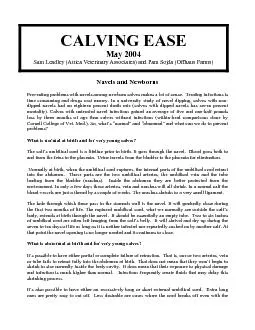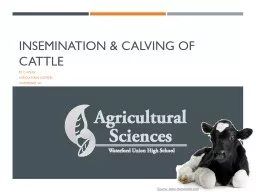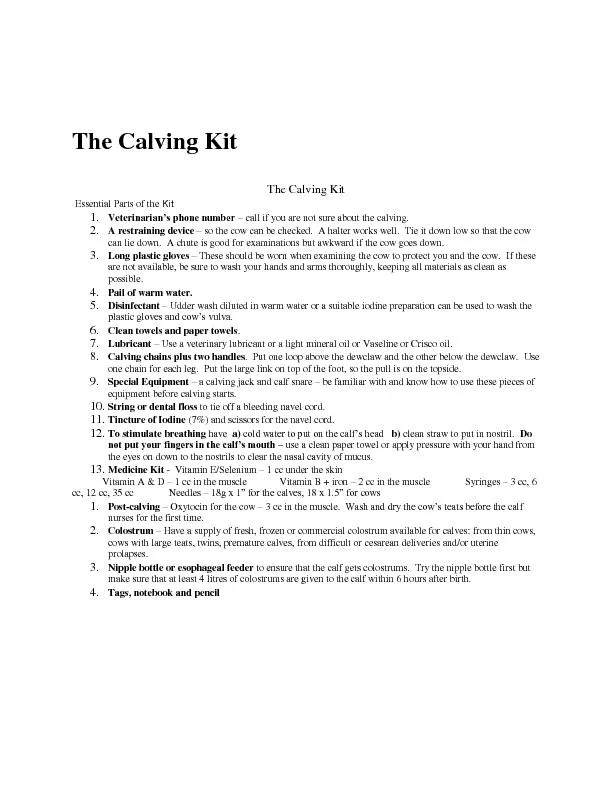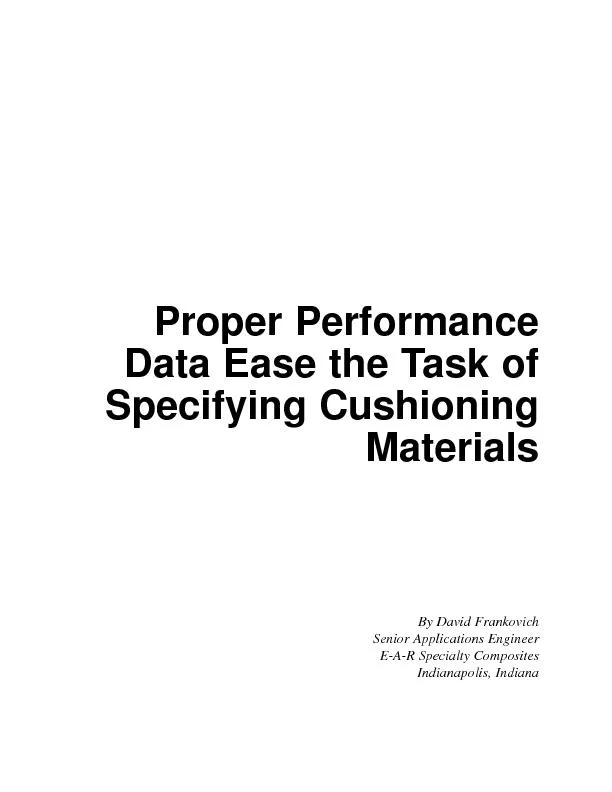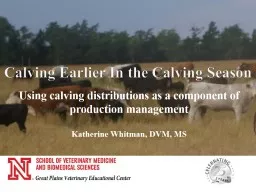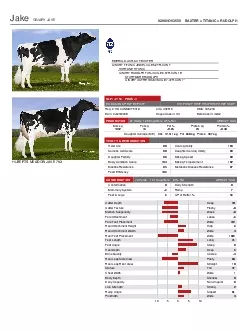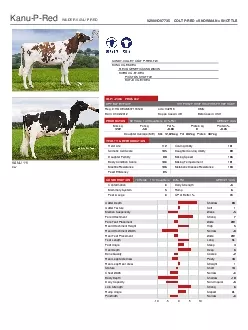PDF-CALVING EASE
Author : conchita-marotz | Published Date : 2015-09-11
May 2004 Sam Leadley Attica Veterinary Associates and Pam Sojda Offhaus Farms Navels and Newborns Preventing problems with navels among newborn calves makes a lot
Presentation Embed Code
Download Presentation
Download Presentation The PPT/PDF document "CALVING EASE" is the property of its rightful owner. Permission is granted to download and print the materials on this website for personal, non-commercial use only, and to display it on your personal computer provided you do not modify the materials and that you retain all copyright notices contained in the materials. By downloading content from our website, you accept the terms of this agreement.
CALVING EASE: Transcript
Download Rules Of Document
"CALVING EASE"The content belongs to its owner. You may download and print it for personal use, without modification, and keep all copyright notices. By downloading, you agree to these terms.
Related Documents

